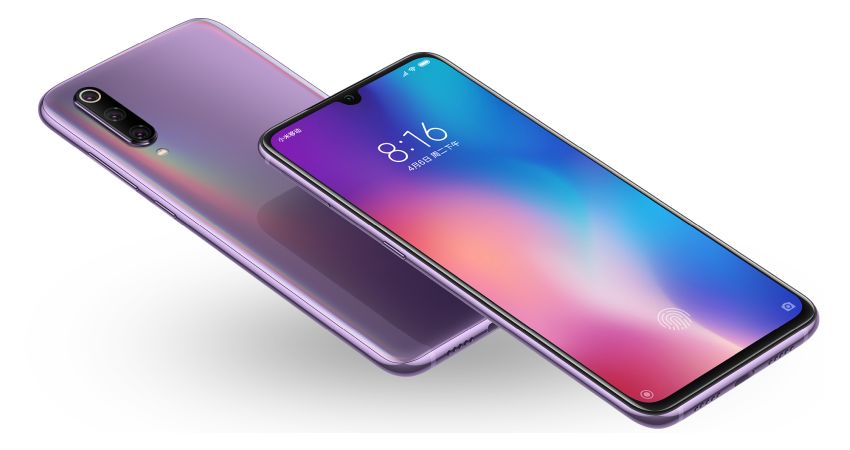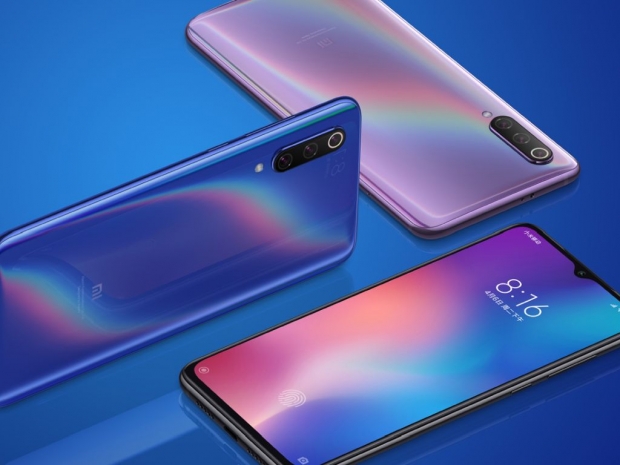Built around a 6.39-inch Super AMOLED screen with 2340x1080 resolution and protected by Corning Gorilla Glass 6, the Mi 9 measures at 157.5x74.7x7.6mm, and weighs 173g. With such screen, the Mi 9 has a 90.7 percent screen-to-body ratio and comes with a small waterdrop notch for the front camera.
Unlike the front, the back is protected by Gorilla Glass 5 with sapphire glass as the lens protection. The screen has high brightness mode with 600nits, or it can use a Dark Mode which reduces the battery usage by up to 83 percent.
The Mi 9 is powered by Qualcomm's Snapdragon 855 SoC, paired up with 6GB of RAM and either 64GB or 128GB of internal storage. There is also a transparent version with 12GB of RAM and 256GB of storage but, unfortunately, will be only available in China with Xiao AI instead of Google Assistant.
The biggest feature of the Mi 9 is obviously its triple rear camera setup, featuring a main 48-megapixel Sony IMX586 1/2" sensor with 0.8µm pixels. The setup also has a 16-megapixel sensor with an ultra-wide lens and a 12-megapixel sensor with a telephoto lens. All three have Laser/PDAF, and the setup also comes with dual-LED flash. For selfies, Mi 9 comes with 20-megapixel f/2.0 camera.
DxOMark already got a chance to test out the Xiaomi Mi 9 and it scored an impressive 107 points, putting it just below the Huawei Mate 20 Pro and P20 Pro smartphones, also making it the best Xiaomi device tested by DxOMark. It got a 112 point photo score and 99 video score.
Another big update is support for fast wireless charging, with up to 20W. It comes bundled with a 27W charger and should charge up the 3,300mAh battery in about an hour.
The Xiaomi Mi 9 should already be available for pre-order in China with a shipping date set for February 26th, with a price starting at CNY 2,999 ($460/€400) for the 6GB/64GB version and CNY 3,299 ($490/€430) for the 6GB/128GB version. The Transparent Edition will go for CNY 3,999 ($595/€525). The standard version will be available in Violet, Blue, and Gray color options.





